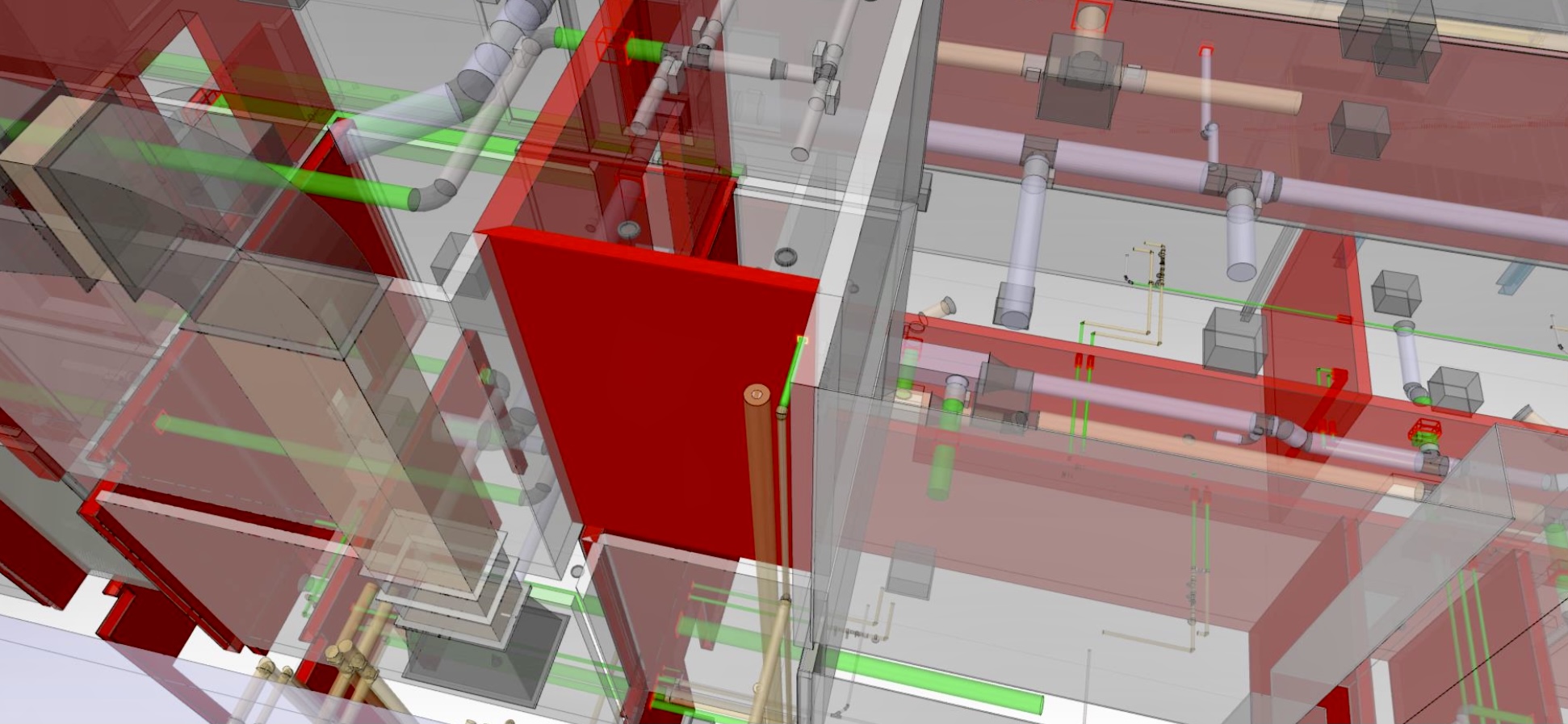What is BIM (Building Information Modeling)? A Guide to the Future of Construction—Not Just for Engineers


The construction industry is notorious for projects that run over schedule, exceed their budgets, and suffer from communication breakdowns between different disciplines. But what if there was a way to prevent most of these problems? What if you could digitally “build” the entire structure before breaking ground, identifying conflicts, optimizing processes, and clarifying costs from the very beginning?

This method exists, and it’s called BIM (Building Information Modeling).
Today, BIM is no longer a futuristic vision but the foundation of the modern, competitive construction industry. Furthermore, with regulatory changes and government mandates increasing worldwide, understanding and adopting BIM is becoming an absolute necessity. In this article, we will demystify the acronym, break down the myths, and provide a clear overview of what BIM means in practice.
The most common misconception about BIM is that it’s just a fancy 3D model. While 3D visualization is an important component, the essence of BIM lies in the “I”—Information.
BIM is an intelligent, model-based process that creates and manages a central digital database accessible to everyone on the project. This central model contains not only the geometry of walls, windows, and pipes but also a vast amount of other data:
Think of it as the project’s Digital Twin, which lives and evolves alongside the physical building throughout its entire lifecycle—from the earliest concept to demolition.
The global significance of BIM has been dramatically accelerated by government action. Public sector clients around the world, from the UK and Singapore to the European Union, are increasingly mandating the use of BIM on publicly funded projects to improve value, transparency, and efficiency.
A recent example is Hungary’s 31/2024. ÉKM decree, which makes BIM-based design and execution mandatory for a specific range of state-funded building projects starting in September 2024.
This is part of a global trend. These regulations are pushing the entire construction market toward digital transformation. Companies unable to work in a BIM environment will soon find themselves at a competitive disadvantage, even in the private sector. This shift is driving the entire industry toward more efficient, transparent, and collaborative operations.
BIM is not about digitalization for its own sake; every aspect of it offers concrete, measurable advantages to all project stakeholders.
This is where BIM’s most visible benefits emerge. All disciplines (architecture, structural, MEP) work in a single, coordinated model.
A precise and error-free model becomes an invaluable asset during construction.
Up to 80% of a building’s total lifetime cost is incurred during its operation. This is where BIM delivers its greatest, though often overlooked, return on investment.
As you can see, BIM is much more than software. It is a collaborative work process and methodology built on transparency, cooperation, and data-driven decision-making. Its adoption not only boosts project efficiency but is increasingly becoming a fundamental requirement to compete in the modern construction landscape.
Whether you’re new to the world of BIM or considering implementing it on a specific project, our expert team is ready to help. Learn more about our BIM Management and Consulting services or contact us for a personalized consultation!